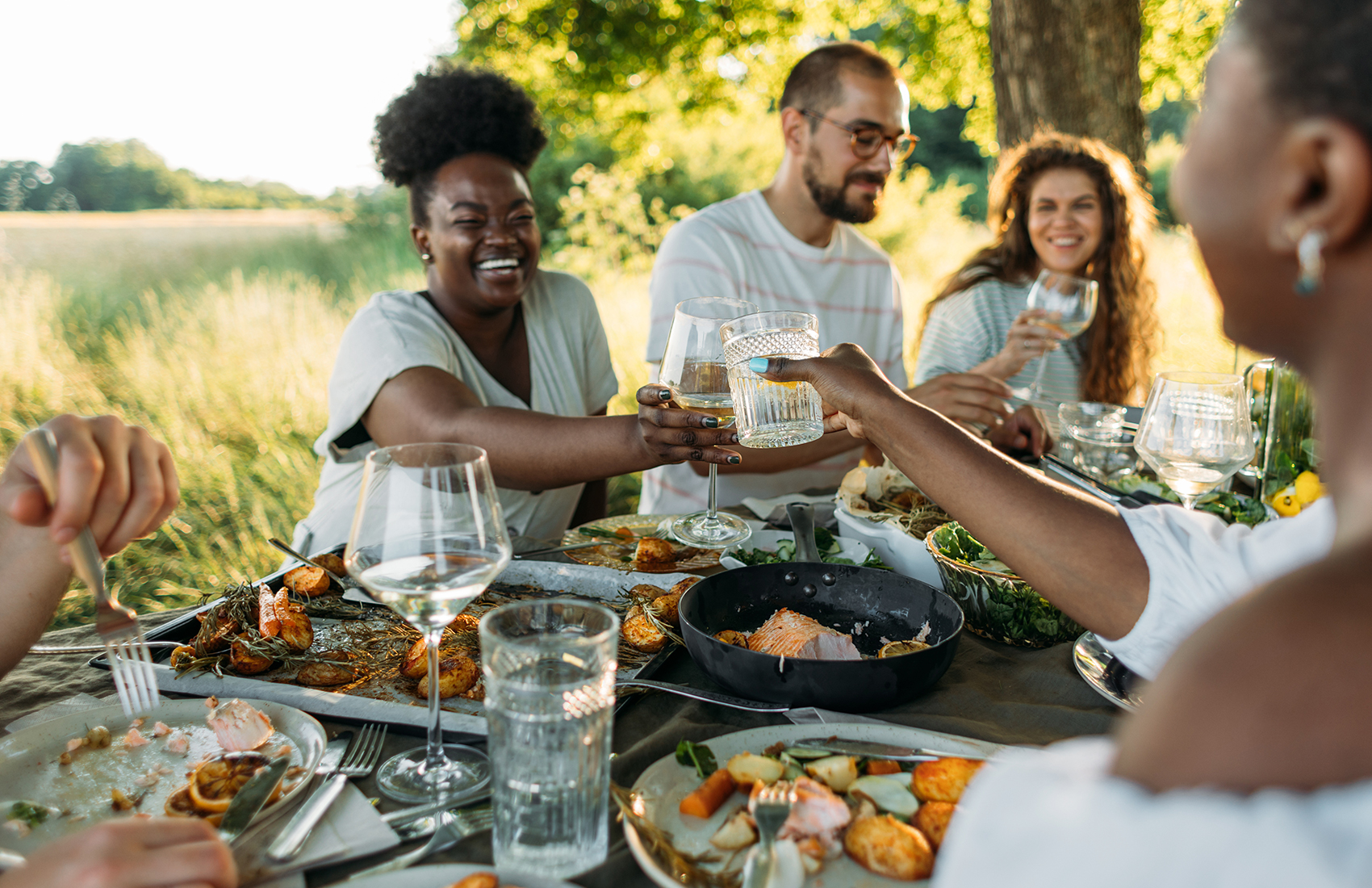As a psychiatrist specializing in neurobiology, I’ve always been captivated by how our brain’s architecture mirrors its fundamental purpose. Neurons don’t exist in isolation – they form intricate networks, constantly communicating across synapses. This biological blueprint reveals an essential truth: our brains evolved for connection, not solitude.
The Social Brain Atlas
Just as cartographers map territories, I guide patients in charting their relational landscapes. A robust social ecosystem should include:
Intimate Ties
- Life partners
- Immediate family
- Close friends
Community Anchors
- Colleagues
- Neighbors
- Spiritual/volunteer groups
Peripheral Networks
- Activity partners
- Professional mentors
- Casual acquaintances
This mapping exercise often reveals surprising gaps – perhaps abundant work connections but sparse creative companions. I recently experienced this myself after relocating from my lifelong Indiana home to Wyoming. While physical distance created challenges, I discovered that intentional maintenance could preserve essential bonds while new connections took root through:
- Shared winter activities
- Professional collaborations
- Children’s social circles
The Neurochemistry of Belonging
Social interaction triggers measurable biological benefits:
- Longevity Enhancement
The landmark 2010 Brigham Young meta-analysis demonstrated that strong social ties increase survival rates by 50% – comparable to quitting smoking. - Neural Growth Activation
Regular socialization boosts BDNF (brain-derived neurotrophic factor) by 27%, enhancing neuroplasticity and cognitive reserve against dementia. - Inflammatory Regulation
Quality relationships lower systemic inflammation markers like IL-6 by up to 30%, reducing risks for both neurological and cardiovascular conditions. - Microbiome Diversification
UC San Diego researchers found socially engaged individuals maintain 15-20% greater gut microbial diversity, crucial for mental health.
Practical Neurosocial Prescriptions
For Existing Relationships
- Schedule quarterly “connection check-ins”
- Create shared rituals (monthly book clubs, annual trips)
- Leverage technology for consistent micro-interactions
For New Connections
- Join skill-based groups (cooking classes, hiking clubs)
- Volunteer for causes with regular participation
- Frequent local establishments to build familiarity
For Solitude Periods
- Practice “social visualization” – mentally rehearsing interactions
- Engage in community activities anonymously (concerts, lectures)
- Maintain connection journals to track relational needs
The waitress who remembers your coffee order, the gym buddy who notices your progress – these micro-connections activate our brain’s reward systems just as profoundly as deeper bonds. As I tell patients: “Your neurons know what to do. Your job is simply to create opportunities for them to connect.”
Adapted from HEALING THE MODERN BRAIN by Drew Ramsey, M.D. (HarperCollins 2025). Dr. Ramsey is a clinical psychiatrist and founder of the Brain Food Clinic in New York City.
Key Takeaways
- Social diversity is as crucial as social quantity for brain health
- Even small, daily interactions provide neurological benefits
- All relationships require intentional cultivation regardless of life stage
- Physical proximity isn’t mandatory for meaningful connection
- Social health should be assessed as routinely as physical exams
